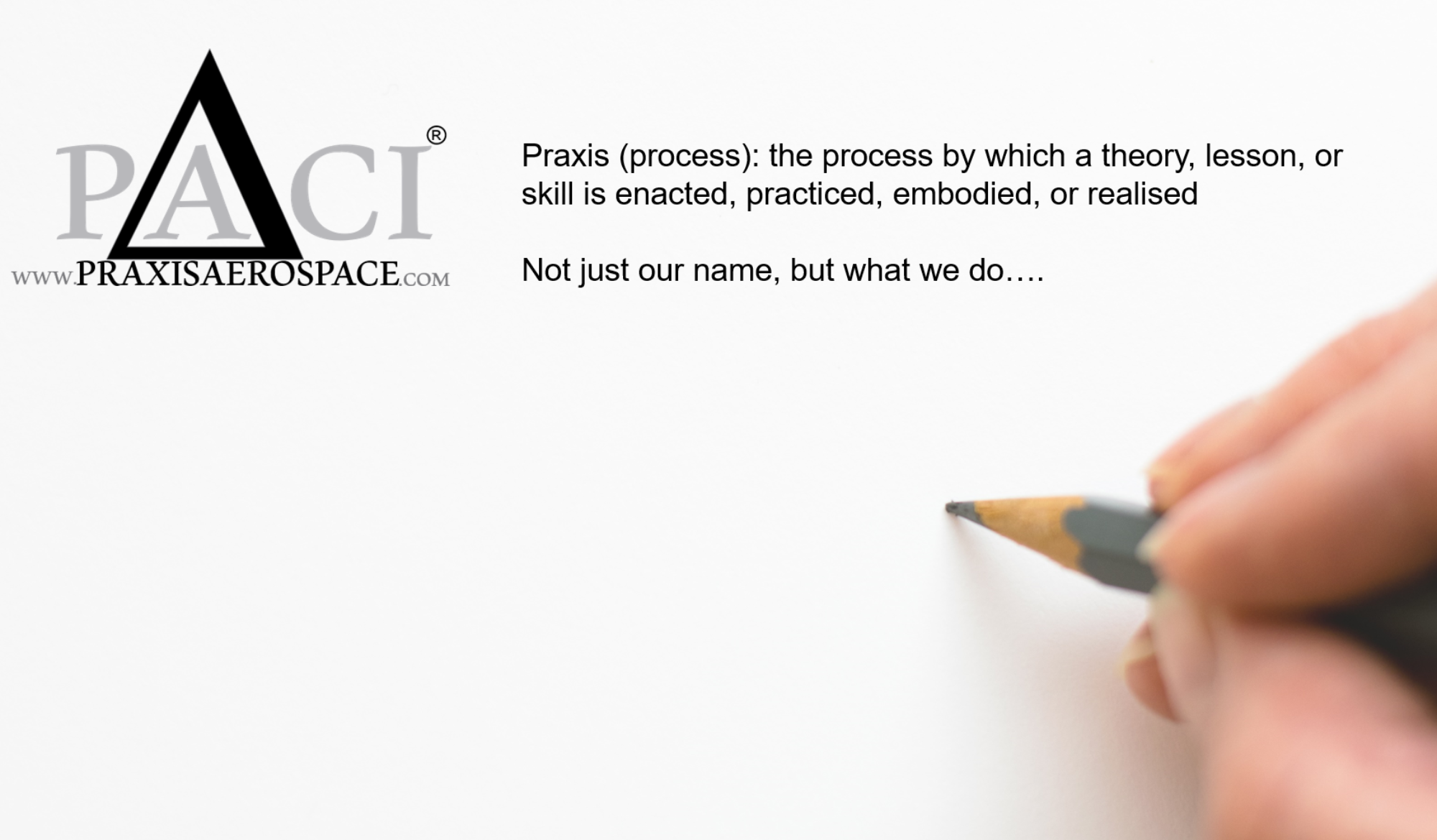The FAA will support seven public meetings during August and September, 2015. These meetings will be hosted by the six unmanned aircraft system (UAS) Test Sites and UAS Center of Excellence (COE). The purpose of these meetings is to discuss innovation and opportunities at the Test Sites and COE. PACI was awarded the Nevada Governor’s Office of Economic Development (GOED) contract to support this meeting on July 27, 2015.
On December 30, 2013, the FAA selected six UAS Test Sites. This selection was Congressionally-mandated by section 332 of the FAA Modernization and Reform Act of 2012 (Pub. L. 112-95). The FAA is working closely with the Test Sites to guide research programs toward specific goals such as System Safety & Data Gathering, Aircraft Certification, Command & Control Link Issues, Control Station Layout & Certification, Ground & Airborne Sense & Avoid, and Environmental Impacts that will help the FAA safely integrate UAS into the national airspace system.

On May 8, 2015, the FAA selected a Mississippi State University team as the FAA’s Center of Excellence for Unmanned Aircraft Systems (COE UAS). The COE will focus on research, education, and training in areas critical to safe and successful integration of UAS into the nation’s airspace.
PACI is the only Southern Nevada company to be partnered with the FAA’s UAS COE’s External Advisory Board.
The State of Nevada UAS Test Site meeting will be held on Thursday, September 17, 2015 From 10:00 am – 12:00 pm Clark County Commission Chambers, 1st floor 500 S. Grand Central Pkwy Las Vegas, Nevada
The purpose of these meetings is to discuss innovation and opportunities at the Test Sites and COE. The Test Sites and COE will host and set the agenda for each public meeting. The meetings will aid both public and private sector stakeholders to better understand the value the Test Sites and COE provide in furthering UAS integration through research, development, and operational testing.
About Praxis Aerospace Concepts International, Inc.
Founded in 2011, PACI is a service-disabled veteran-owned small business based in Southern Nevada. The company’s mission is to develop practical solutions for multi-modal (ground-air-sea-industrial) robotics and unmanned systems (UxS) using a mix of proprietary technology, unique team domain expertise, and unique partnerships, PACI can develop and operate laboratory and field facilities for autonomous systems research, development, test, evaluation, deployment, commercialization, and training. Praxis Aerospace Concepts International, Inc. currently serves over 20 clients with military, public and civil robotics/unmanned systems across the globe. For more information about Praxis Aerospace Concepts International, Inc., visit its website at www.praxisaerospace.com.










